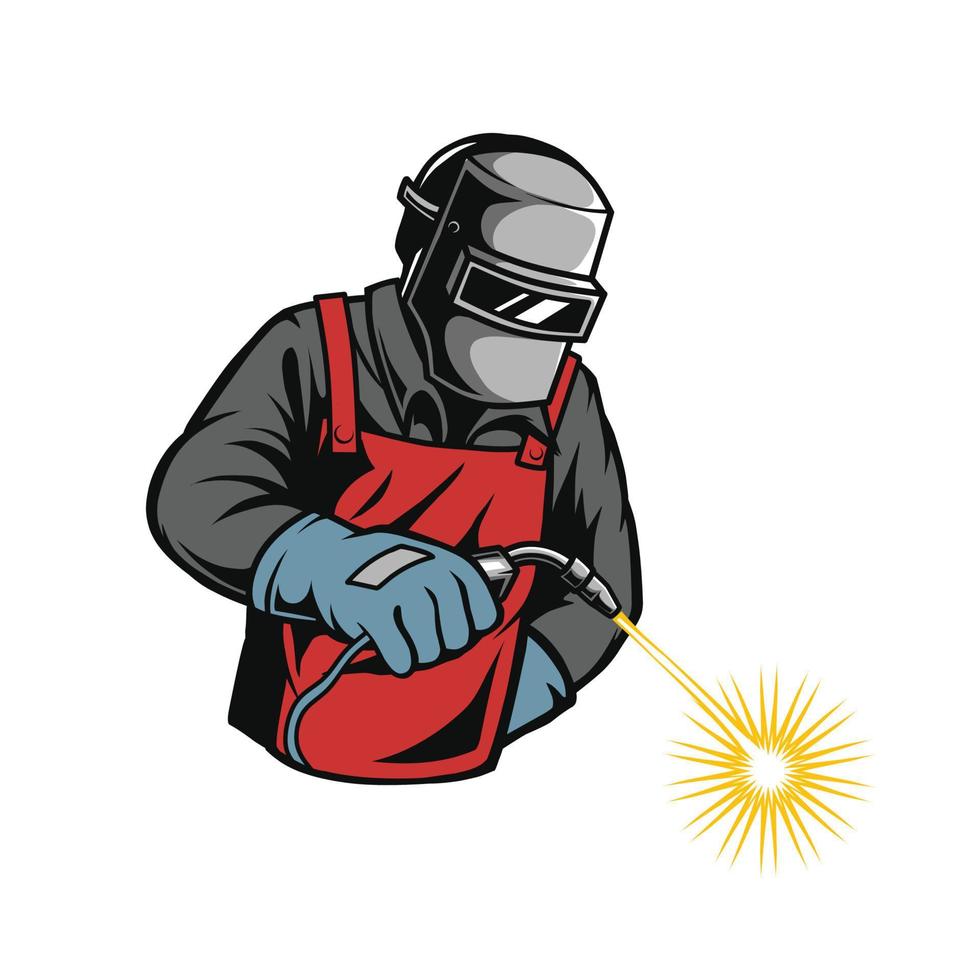Exactly how to Develop an Efficient Welding WPS: Tips and Ideal Practices
Exactly how to Develop an Efficient Welding WPS: Tips and Ideal Practices
Blog Article
The Ultimate Guide to Welding WPS Procedures: A Detailed Overview for Welders
In the detailed globe of welding, Welding Treatment Specs (WPS) offer as the foundation of making sure high quality, uniformity, and safety in welding procedures (welding WPS). As we dive right into the different components of a WPS and explore the complexities of qualification and certification, we will reveal the important role these treatments play in the world of welding.
Importance of WPS Procedures
Understanding the importance of Welding Treatment Specs (WPS) procedures is important for making sure the quality and stability of welded structures. WPS treatments function as a roadmap for welders, laying out the necessary actions, parameters, and products called for to accomplish a sound weld. By sticking to WPS standards, welders can guarantee uniformity in their work, bring about structurally audio and reputable welds.
Among the primary reasons that WPS treatments are necessary is their function in keeping weld high quality and honesty. Complying with the specified welding parameters and techniques described in the WPS helps stop issues such as porosity, breaking, or insufficient fusion, which can compromise the strength and sturdiness of the weld. Furthermore, WPS procedures are vital for making sure conformity with market requirements and codes. By complying with recognized WPS guidelines, welders can demonstrate that their job meets the required needs for safety and security and top quality, supplying guarantee to clients, examiners, and governing bodies. Fundamentally, the significance of WPS treatments can not be overstated, as they are fundamental to accomplishing consistent, high-grade welds that fulfill market criteria and specs.

Parts of a WPS
A Welding Treatment Specification (WPS) commonly comprises important parts that detail the specific needs for carrying out a weld, ensuring uniformity and high quality in the welding procedure. The vital elements of a WPS consist of crucial variables such as base steels, filler steels, preheat and interpass temperatures, welding procedures, securing gases, welding settings, and post-weld warm treatment demands.
Base steels refer to the products being signed up with, while filler steels are used to fill the gap between the base steels during welding. The welding procedure lays out the specific method to be utilized, whether it's gas metal arc welding (GMAW), shielded metal arc welding (SMAW), or another method. Welding placements specify the alignments in which welding can be performed.

Certification and Certification
Having actually established the essential components of a Welding Treatment Specification (WPS), the emphasis now changes in the direction of the essential facets of qualification and accreditation in welding methods.

Qualification, on the other hand, is the formal acknowledgment of a welder's credentials by a pertinent accreditation body or organization. Welding qualifications are commonly based on the specific welding processes, materials, and positions a welder is qualified to function with. Holding a legitimate welding certification shows that a welder satisfies market standards and is experienced to do welding tasks to the required specs.
Creating a WPS
To establish a Welding Procedure Spec (WPS) that fulfills industry standards, careful consideration of welding procedures, materials, and functional criteria is crucial (welding WPS). The very first step in creating a WPS is to identify the welding procedure to be utilized, such as gas metal arc welding (GMAW) or shielded metal arc welding (SMAW) When the welding procedure is determined, the next critical facet is picking the suitable materials, taking into consideration variables like base steel kind, density, and joint layout. Operational specifications such as welding existing, voltage, traveling rate, and protecting gas structure need to also be thoroughly defined in the WPS.

Carrying Out and Checking WPS
Upon completing the extensive Welding Procedure Spec (WPS) that carefully information welding processes, materials, operational parameters, and high quality assurance actions, the focus shifts to successfully carrying out and keeping an eye on the established treatments. Implementation entails making certain that all welders associated with the project recognize with the WPS and follow it meticulously during the welding procedure. This needs providing ample training and supervision to guarantee adherence to the defined treatments. Keeping track of the WPS involves constant oversight to verify that welding activities line up with the recorded specs. Examinations, screening, and high quality control actions are vital components of the monitoring procedure to identify any problems or discrepancies without delay. Routine audits and reviews of the welding procedures aid in preserving consistency and top quality throughout the project. Reliable application and surveillance of the WPS are essential for guaranteeing the integrity, strength, and safety of the bonded joints, eventually adding to the general success of the welding task.
Verdict
To conclude, understanding and complying with Welding Procedure Specs (WPS) is critical for welders to guarantee quality, uniformity, and security in their work. By knowing the components of a WPS, getting proper qualifications and certifications, producing detailed procedures, and implementing and monitoring them properly, welders can boost their abilities and proficiency in welding methods. Following WPS treatments is vital for producing premium welds and conference market requirements.
In the complex world of welding, Welding Treatment Specifications (WPS) serve as the backbone of ensuring quality, consistency, and safety in welding procedures. The welding process outlines the details technique to be utilized, whether it's gas steel arc welding (GMAW), secured metal arc welding (SMAW), or an additional approach.To establish a Welding Procedure Specification (WPS) that satisfies sector criteria, mindful consideration of welding procedures, products, and operational specifications is essential. look at this web-site The initial action in creating a WPS is to identify the welding process to be utilized, such as gas steel arc welding (GMAW) or shielded metal arc welding (SMAW)Upon additional resources settling the detailed Welding Procedure Spec (WPS) that meticulously details welding processes, products, functional criteria, and top quality guarantee actions, the emphasis moves to effectively implementing and keeping an eye on the well established treatments.
Report this page